Expansion of E-commerce Platforms
The rise of e-commerce platforms is transforming the way consumers access products in the Herbal Fragrance Ingredient Market. Online shopping provides consumers with a wider selection of herbal fragrance products, often at competitive prices. This shift towards digital retail is particularly appealing to younger consumers who prefer the convenience of online purchasing. Data indicates that e-commerce sales in the fragrance sector are projected to grow by 15% over the next few years, highlighting the potential for increased market penetration. As more brands establish their online presence, the Herbal Fragrance Ingredient Market is poised for significant growth, driven by the accessibility and convenience that e-commerce offers.
Regulatory Support for Natural Ingredients
The Herbal Fragrance Ingredient Market benefits from an increasingly favorable regulatory environment that supports the use of natural ingredients. Governments and regulatory bodies are recognizing the importance of consumer safety and environmental sustainability, leading to the establishment of guidelines that promote the use of herbal components in fragrance formulations. This regulatory support is likely to encourage manufacturers to invest in research and development of herbal fragrances, potentially leading to a broader acceptance of these products in various sectors, including cosmetics and personal care. As regulations evolve, the Herbal Fragrance Ingredient Market may witness a significant uptick in innovation and product launches, further solidifying its position in the market.
Growing Interest in Aromatherapy and Wellness
The rising interest in aromatherapy and wellness practices is significantly influencing the Herbal Fragrance Ingredient Market. Consumers are increasingly seeking products that promote mental and physical well-being, leading to a surge in demand for herbal fragrances known for their therapeutic properties. This trend is reflected in the growing popularity of essential oils and natural perfumes that incorporate herbal ingredients. Market data suggests that the aromatherapy segment is expected to grow at a rate of 10% annually, indicating a robust opportunity for businesses within the Herbal Fragrance Ingredient Market to cater to this expanding consumer base. As awareness of the benefits of herbal fragrances continues to spread, the market is likely to see further diversification of product offerings.
Rising Consumer Preference for Herbal Products
The Herbal Fragrance Ingredient Market is experiencing a notable shift as consumers increasingly gravitate towards products that are perceived as natural and organic. This trend is driven by a growing awareness of the potential health risks associated with synthetic chemicals. According to recent data, the demand for herbal fragrances has surged, with a projected growth rate of approximately 8% annually over the next five years. This consumer preference is not merely a passing trend; it reflects a deeper cultural shift towards holistic wellness and sustainability. As a result, manufacturers are compelled to innovate and expand their offerings to include a wider range of herbal ingredients, thereby enhancing their market presence in the Herbal Fragrance Ingredient Market.
Technological Advancements in Extraction Methods
Innovations in extraction technologies are playing a crucial role in shaping the Herbal Fragrance Ingredient Market. Advanced methods such as supercritical CO2 extraction and cold pressing are enhancing the efficiency and quality of herbal ingredient extraction. These technologies not only improve yield but also preserve the integrity of the fragrance compounds, making them more appealing to consumers. As a result, manufacturers are increasingly adopting these methods to meet the rising demand for high-quality herbal fragrances. The integration of technology in the extraction process is expected to drive growth in the Herbal Fragrance Ingredient Market, as it allows for the production of more potent and diverse fragrance profiles.


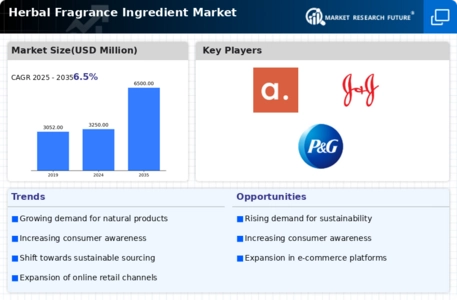
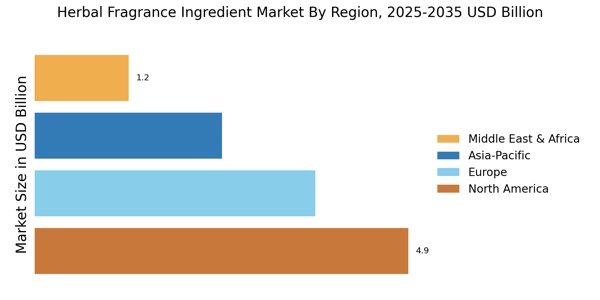
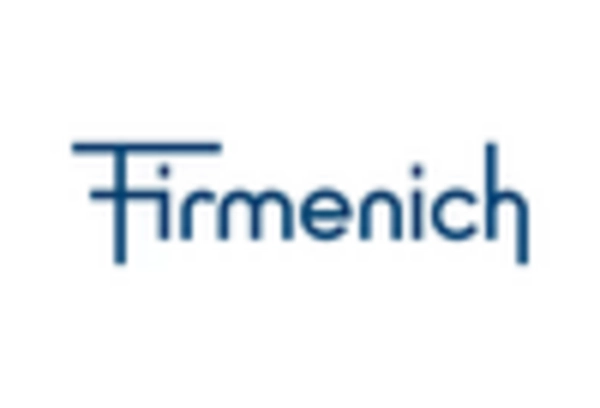
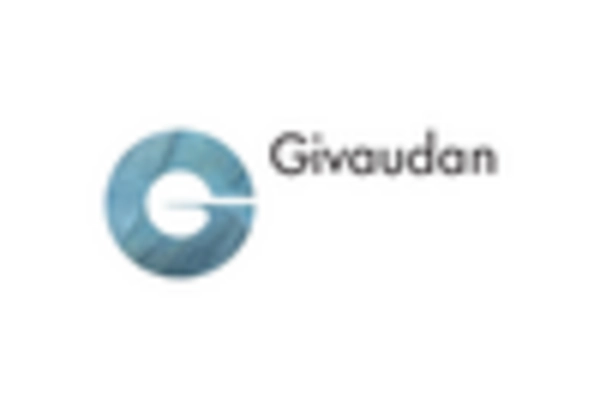
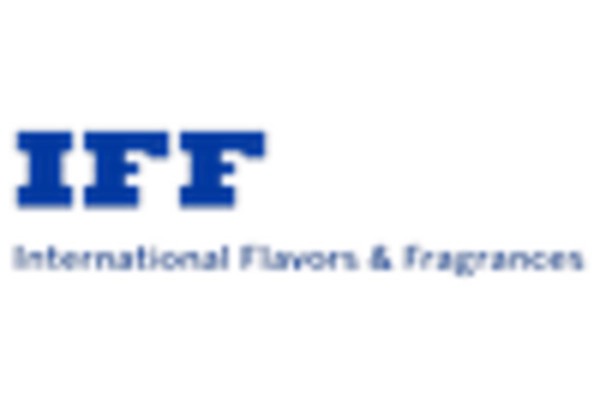
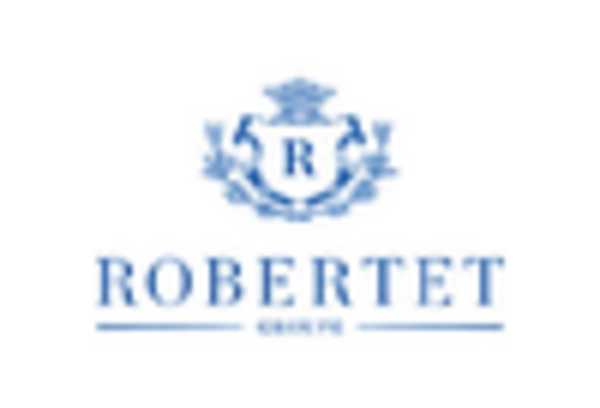
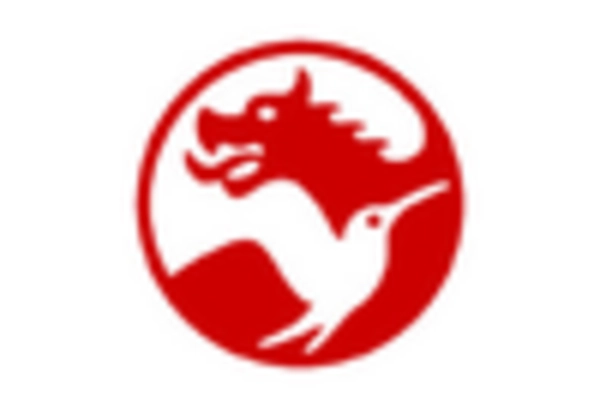
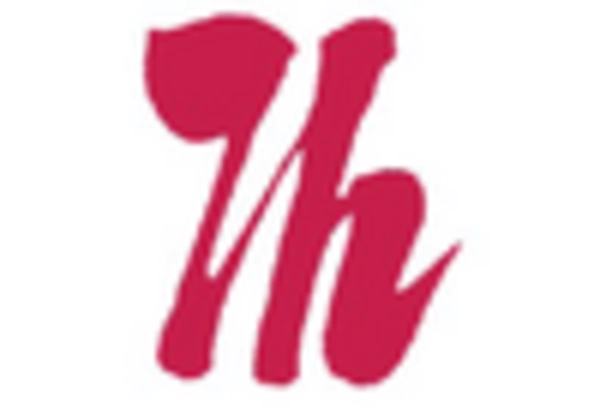








Leave a Comment